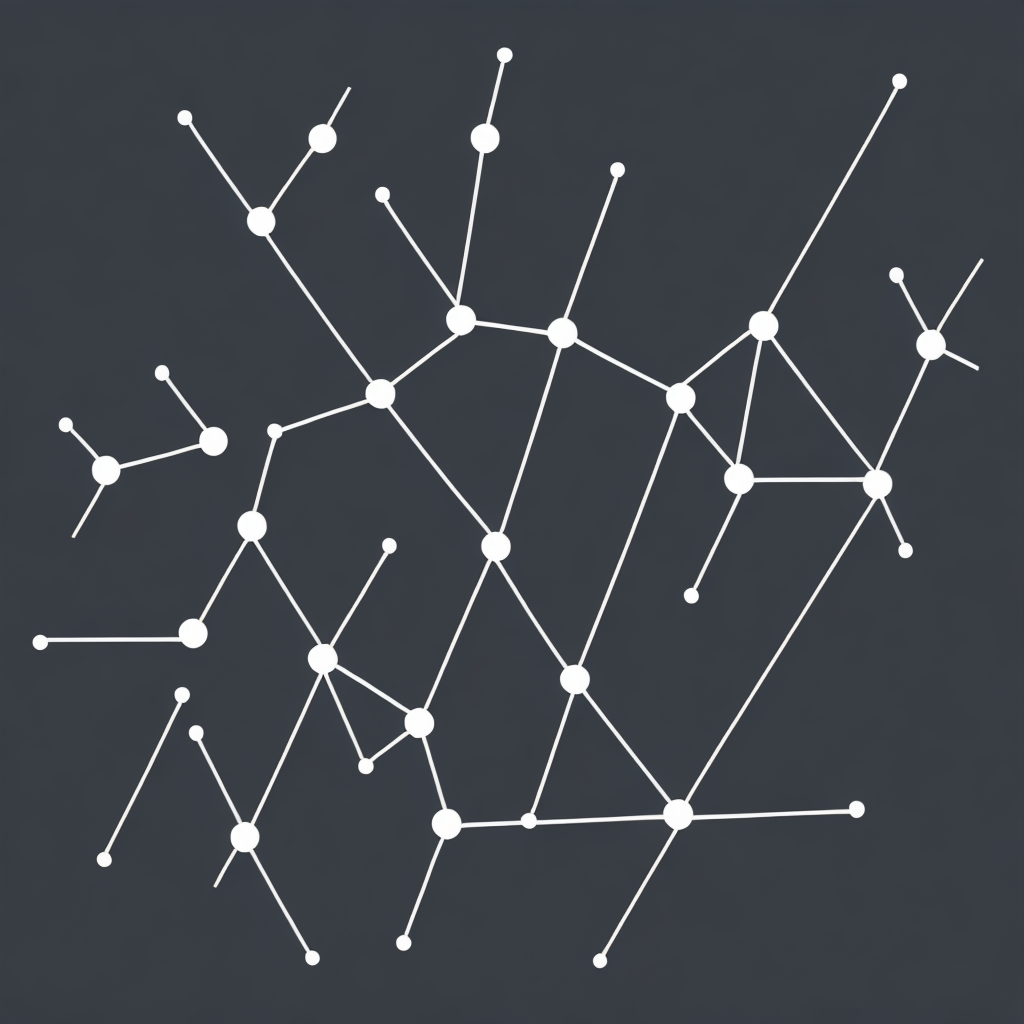Unleashing the Power of Knowledge Graphs: Enhancing Data Understanding and Decision Making in the Digital Age
In the vast and ever-growing digital world, data deluge has become a defining characteristic. Organizing, managing, and extracting value from the vast sea of information can be bewildering and daunting for businesses of all sizes. However, a powerful solution that stands at the forefront of revolutionizing data handling is Knowledge Graphs. This emergent technology harnesses the complex interplay of interconnected data and transforms raw information into enriched, semantic understanding. Let’s delve into how Knowledge Graphs revolutionize how data is understood and leverages them for enhanced decision-making.
### The Structure of Knowledge Graphs
At its core, a Knowledge Graph is a database containing nodes and edges that represent the entities (entities could be people, organizations, events, topics, etc.) and their relationships, respectively. This interconnected structure allows for complex relationships and dependencies to be represented, making it possible to explore data patterns and connections often overlooked in traditional data structures.
### Enhancing Data Understanding
Consider a scenario where a marketing team wants to understand the relationships between products, users, and purchase behaviors in an ecommerce platform. A naive database might list product IDs, user IDs, and transaction details without providing context. However, a Knowledge Graph would depict each product as a node, linked to users via purchase events and relationships like “similar to”, “complementary to”, or “used together”. With this visualization, understanding customer journeys, product associations, and potential market segments becomes significantly more intuitive, revealing actionable insights that traditional methods might miss.
### Decision Making Amplified
In the realm of decision making, the enriched understanding provided by Knowledge Graphs can be pivotal in several ways:
– **Predictive Analytics**: By leveraging the interconnected data in the Knowledge Graph, predictive models can infer relationships and patterns more accurately. For instance, in credit risk assessment, a graph might show how different factors like employment history, debt, and transaction patterns are interconnected, aiding in better prediction of creditworthiness.
– **Targeted Personalization**: In marketing, a Knowledge Graph can help refine customer profiles by mapping their interests, buying behaviors, and preferences across multiple touchpoints, enabling personalized recommendations and experiences that resonate more deeply with individual customers.
– **Strategic Planning**: Decision-makers in the likes of healthcare, policy-making, or infrastructure development can use Knowledge Graphs to visualize complex networks of factors such as healthcare providers, patients, treatments, and outcomes. This holistic view aids in making informed decisions that consider the interdependencies and impacts of various components within a system.
### Challenges and Future Directions
While Knowledge Graphs offer immense potential, they are not without challenges. The complexity of building, updating, and maintaining such structures requires significant investment in technology, data management, and expertise. Additionally, data privacy and ethical considerations, especially when dealing with sensitive information, must be navigated meticulously.
As we look towards the future, advancements in AI, natural language processing, and machine learning are likely to democratize the use of Knowledge Graphs, making them more accessible to a broader array of industries. Innovations in simplifying the creation, querying, and visualization of Knowledge Graphs will further unlock their potential, empowering organizations to make data-driven decisions with greater efficiency and impact.
In conclusion, Knowledge Graphs represent a transformative shift in data management and analysis, offering businesses and organizations a more profound understanding of their data landscape and a competitive edge in leveraging this knowledge for strategic and operational decision-making. As this technology evolves and matures, it promises to pave the way for more intelligent, interconnected, and informed digital ecosystems.
